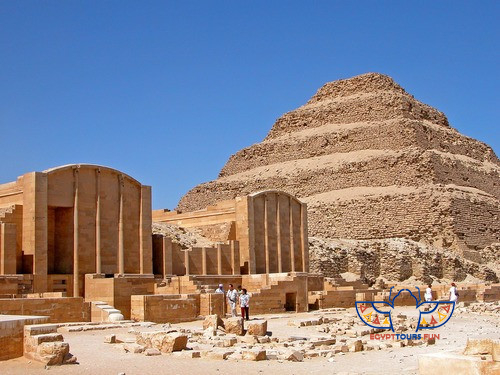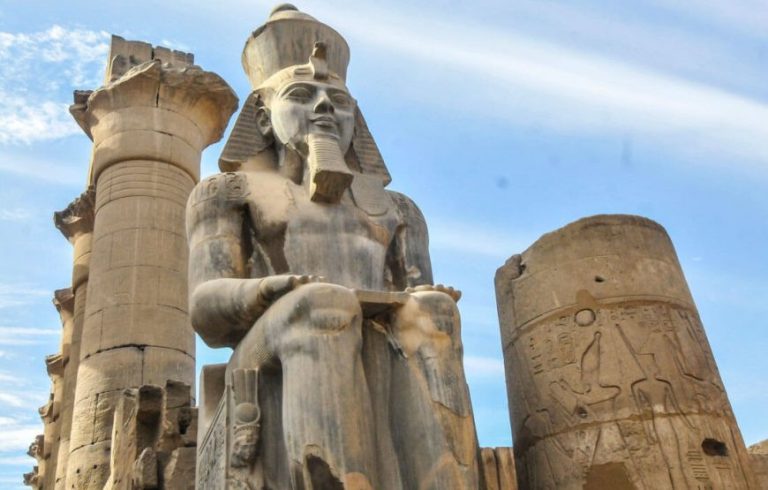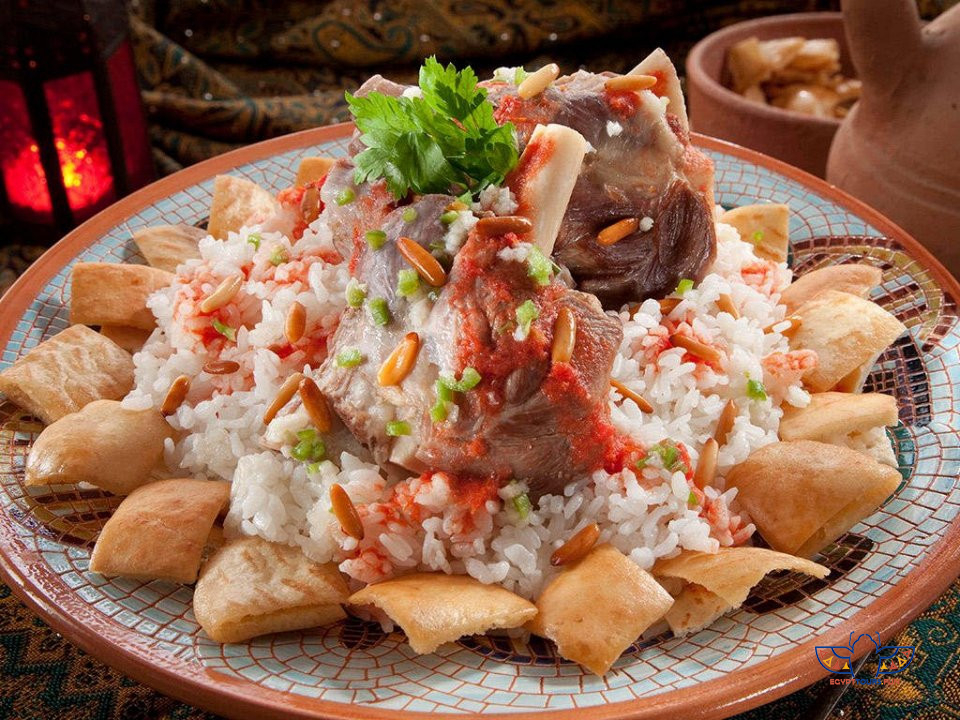Umm Ali: Egypt’s National Dessert
Umm Ali, Egypt’s cherished dessert, has been warming hearts and bellies for centuries. This traditional pastry, filled with nuts, coconut, and milk, embodies the country’s rich culinary heritage.
Origins and Evolution
Umm Ali originated in the 13th century, named after the legendary wife of Sultan Ezz El-Din Aybek. Egyptian pastry chefs refined the recipe, incorporating local flavors and techniques. Today, Umm Ali remains a staple of Egyptian celebrations.
Traditional Egyptian Recipe
Egyptian Umm Ali’s magic lies in its layers:
1. Flaky puff pastry: Thin, crispy sheets provide the foundation.
2. Nut mixture: Chopped pistachios, almonds, or hazelnuts add crunch.
3. Coconut flakes: Sweet, toasted coconut enhances flavor.
4. Milk and cream: Rich, creamy filling binds flavors.
5. Sugar and cinnamon: Sweet, spicy flavors balance.
Cooking Methods
1. Baking: Golden crispness achieved through precise temperature control.
2. Layering: Alternating pastry, nuts, and coconut creates harmony.
Serving Traditions – Umm Ali is typically served:
1. Special occasions: Weddings, holidays and family gatherings.
2. Dessert shops: Popular in Egyptian cafes and restaurants.
3. Ramadan gatherings: A staple during the holy month.
Health Benefits – Umm Ali offers:
1. High-quality carbohydrates: Pastry provides sustained energy.
2. Antioxidant properties: Nuts combat oxidative stress.
3. Cognitive benefits: Coconut supports brain health.
Umm Ali embodies Egyptian cuisine’s warmth and hospitality. Indulge in this flaky delight and experience Egypt’s rich culinary heritage.





